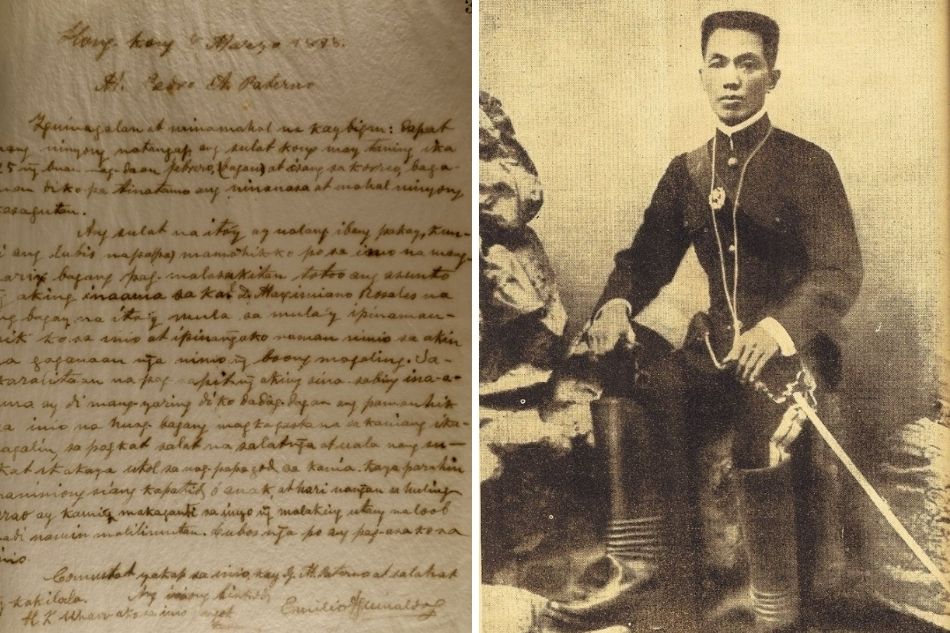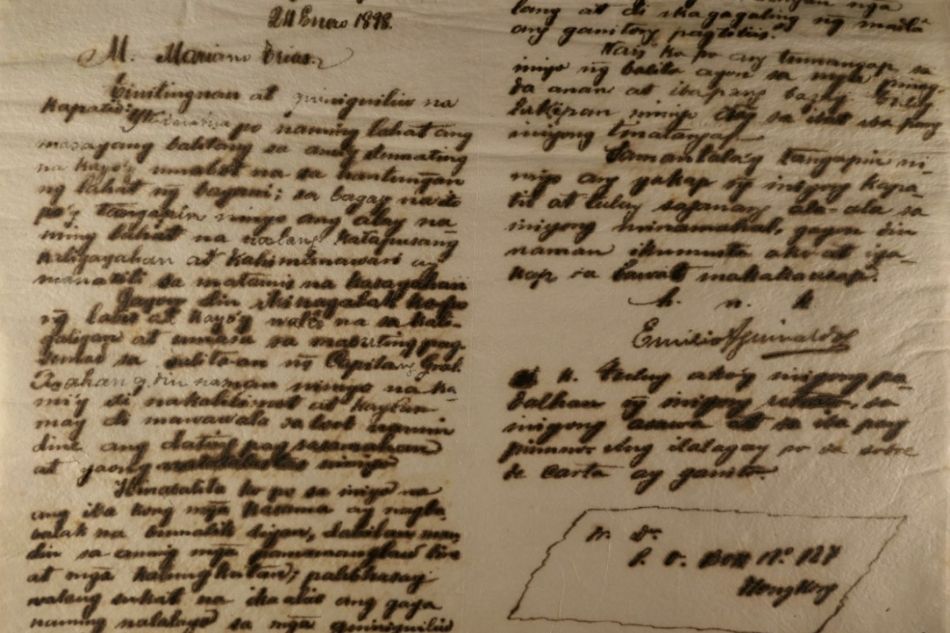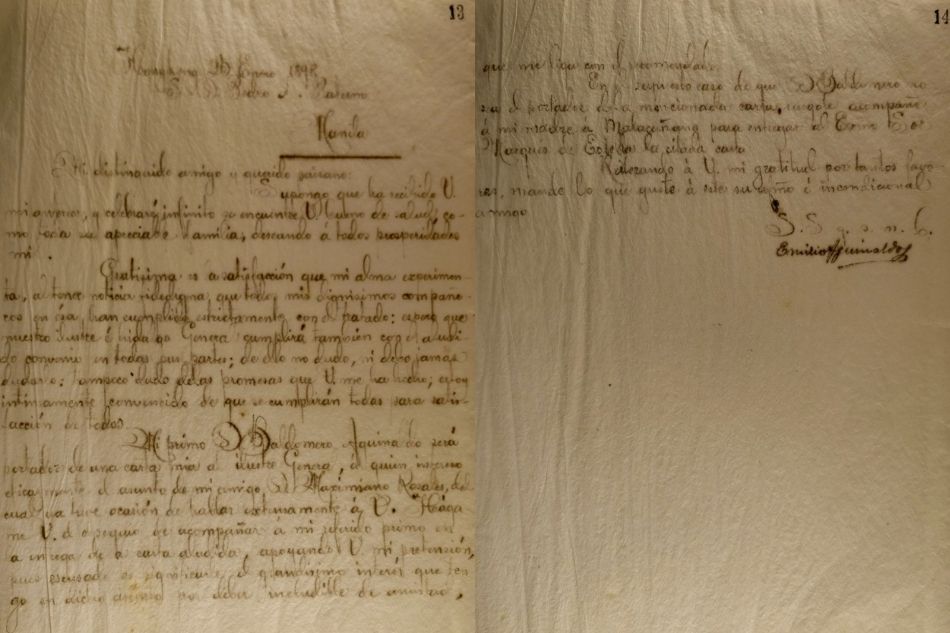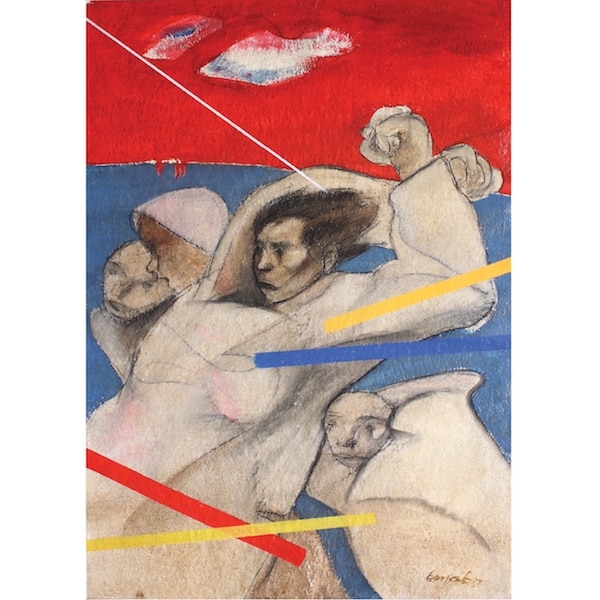The documents and painting to be auctioned among the items in the much-awaited Leon Gallery Auctions on February 27, Saturday, reveals to the public eye one of the major events that has colored our country’s historic past—revolution.
But these items do not record the time when the Filipinos took action. It chronicled interregnums – moments of quiet but tense times when ideologies and principles were refocused; periods where plans were laid down for future action; and pauses when preparations were made for the coming of change. It was not a period of peace but that of an uncertain calm in time of conflict.
The Aguinaldo Letterbook is evident of that time of the shaky peace with the Spaniards in 1897 following the truce signed at Biak-na-Bato in Bulacan.
The book, which collated some forty letters of President Emilio Aguinaldo starts on January 24, 1898 – a week after his arrival in exile in Hong Kong – and ends on April 29, 1898 – with a letter (the famous “Sa Lahat ng Mga Pinuno ng Insurectos Filipinos”) which was a call to the Filipino rebels to prepare to resume their fight against the Spaniards.
The last document was dated eight days after the declaration of war by the United States against the Spanish Empire and two days before the Battle of Manila Bay on May 1 which opened the way for the American colonization of the Philippines.
In these letters, one can read Aguinaldo’s thoughts, fears, and strategies as he lived the life of a leader in exile. Most of them he addressed to his colleagues in Hong Kong; his relatives; and his family – people he addressed as Pinsan (Baldomero Aguinaldo); Nanay (Trinidad Aguinaldo), and Yayang (his wife, Hilaria) to which he shared his feelings, concerns, and plans while he was far from his home and the revolution he was leading.
The letter, interestingly, shows also the bureaucracy of the young republic – correspondences (even those that were personal) were duly recorded and kept, thus preserving a documentary history of a period where the leaders of the Philippine Revolution prepared to resume their fight for freedom from Spain. It is also an artifact of the technology of the era when duplication was a necessity for official record-keeping and for posterity.
The other papers in the lot recorded a seldom-discussed part of the story of our fight for freedom. In spite of the losses incurred by the Filipino rebel forces before the truce in 1897, provinces like Bicol and the Visayas regions were able to fulfill their dream of being free.
One folder consists of 24 documents of the Revolutionary Government of Iloilo which existed from 1898 to 1899 as part of the Federal State of the Visayas. Although the province recognized Aguinaldo’s Malolos Republic, it insisted on its own government with its capital in the town of Santa Barbara. The Iloilo government was dissolved in 1899 but based on the documents, it seemed that the government existed led by Martin Delgado until the arrival of the Americans in 1899.
Delgado was replaced by Ramon Avanceña before the revolutionary government was finally absorbed by the American colonial goverment. The Bicol documents were mostly certifications, permits and other communications complete with seals that show a government system where taxes were paid for obtaining these documents.
Lot 28 "The Color of Ideology" by Benedicto Cabrera
The Color of Ideology by National Artist for Visual Arts Benedicto (BenCab) Cabrera recorded the period of change following the EDSA People Power Revolution in 1986 – a moment of victory and celebration with the toppling of the Marcos dictatorship. It is an interesting painting of human figures, each with its own expressions of emotion and disposition, but combined in a white, drapery-like attire. But what bound these figures are the background and the vivid lines of what is obviously the colors of our flag – a vision of a patriotic ideology that pertained to BenCab’s value on his ideas of socio-political dynamics.
Three records of history that preserved our fight to be free from tyranny and dictatorships – eras of change and patriotism. Periods of pause in the aftermaths of tumultuous times.
[View the lots at www.leon-gallery.com]





